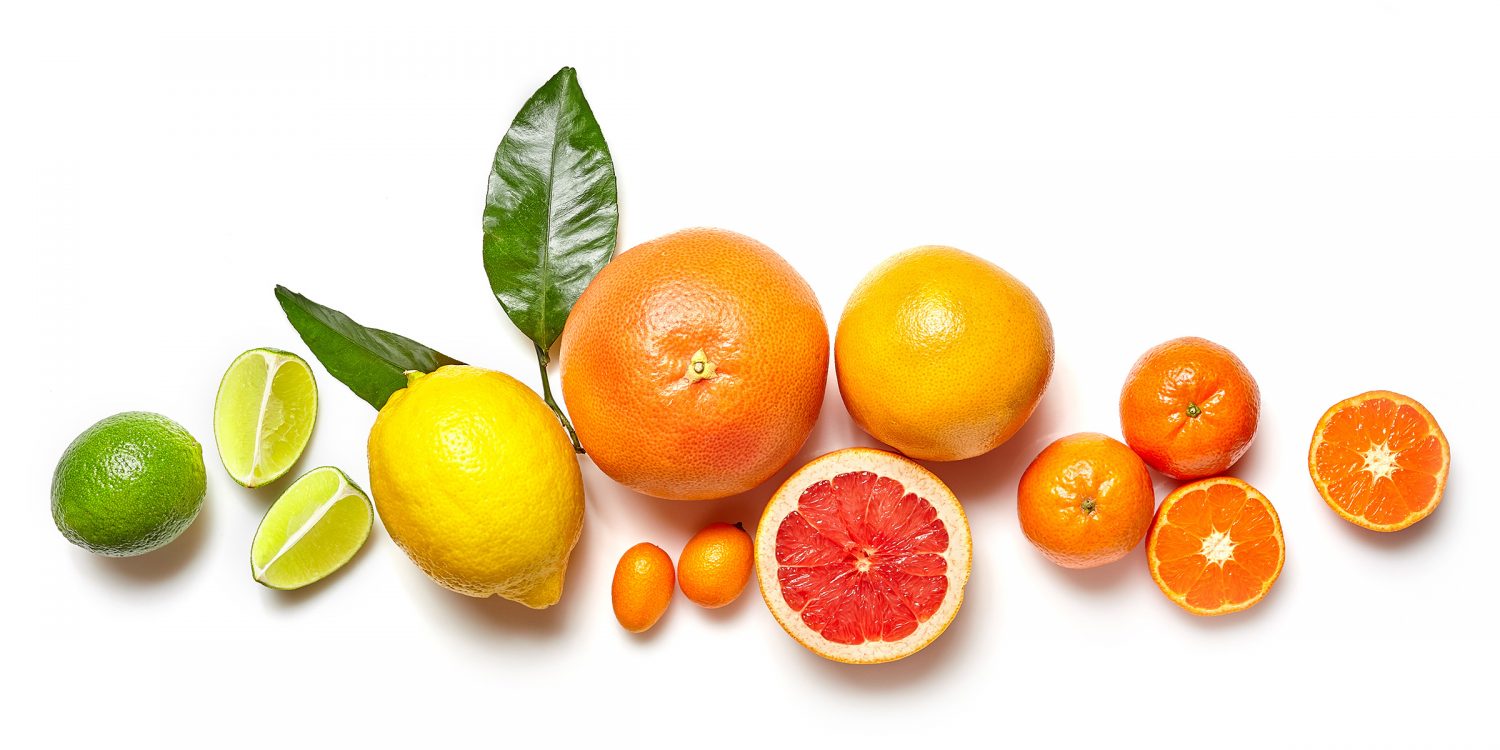What Is Inflammation
What is “inflammation” and why is everyone so concerned about it?
There are two kinds of inflammation: the kind that hurts and the kind that kills. Most of us are very familiar with the kind that hurts. A sprained ankle, a tooth abscess or an aching joint are examples of what’s called “acute” inflammation. Usually, you simply pop an anti-inflammatory pill, let the thing heal, and you’re good to go.
The other type that is garnering much more attention today is a different, far more insidious form of inflammation called “chronic” inflammation, and it flies beneath the pain radar. Much like high blood pressure, it has no symptoms, and again like high blood pressure, it can be deadly.
We now know that inflammation is a central feature of every major degenerative disease of aging; cancer, heart disease, diabetes and Alzheimer’s. This low-level inflammation harms the vascular system and causes small injuries in the arteries, which can lead to plaque and, ultimately, heart disease. Autopsies on the brains of Alzheimer’s patients reveal considerable inflammation.
Inflammation is even connected to obesity: The fat cells pump out “inflammatory cytokines”, chemicals that increase inflammation in the body, along with chemicals that help perpetuate the very existence of the fat cells themselves.
So what can you do to prevent chronic inflammation? There are heaps of natural anti-inflammatories in clean food items. These natural anti-inflammatories include such powerhouses as quercetin (found in apples and onions), curcuminoids (found in the superstar spice, turmeric) and omega-3s (found in fish and flax). A diet rich in natural anti-inflammatories helps keep inflammation at manageable levels. One reason virtually every health practitioner recommends fish oil supplements is that the omega-3s found in fish (EPA and DHA) are among the most anti-inflammatory molecules on earth. (The omega-3 found in flax – ALA – also has anti-inflammatory properties, but the health benefits aren’t as powerful or well documented).
I keep hearing about “food combining”, in which certain food combinations should be avoided and fruit should only be eaten on its own. Any truth to this?
Actually, no. the whole food-combining concept has been around since the 1800s when it first showed up as a basic premise of the movement known as “natural hygiene”, meaning food combining. The most recent diet book to make use of it was Fit for Life, though the concept itself turns up periodically like the proverbial bad penny, and it’s way past its sell-by date.
One of the main notions of natural hygiene is that starches and proteins should never be eaten together because they require different digestive environments (acid vs. alkaline). According to believers, eating these foods at the same time adds stress to your digestive system, therefore causing the carbs (starches) to ferment and the proteins to (basically) rot.
This is utter nonsense. Such pronouncements were debunked more than 70 years ago in both scientific and popular literature. While there are indeed enzymes that are specific to protein digestion, fat digestion and carbohydrate digestion respectively, all of these enzymes are produced every time you eat and they work just swimmingly together.
There may be some people with sensitive stomachs and very slow digestive times that might feel less bloated when eating fruit on its own, but it’s a completely personal choice and certainly not necessary for everyone. It’s the quality – and the amount – of food we eat that counts, not the combination.


